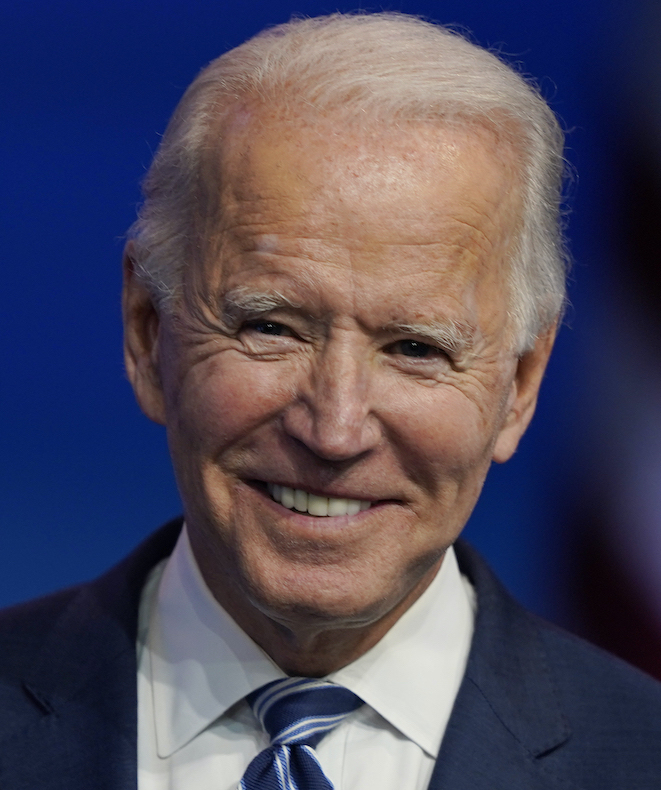Rejoin the Paris climate agreement
Joe Biden
"I will rejoin the Paris climate agreement on day one of a Biden administration and then convene a summit of the world’s major carbon emitters, rallying nations to raise their ambitions and push progress further and faster."
Biden Promise Tracker

Promise Kept

